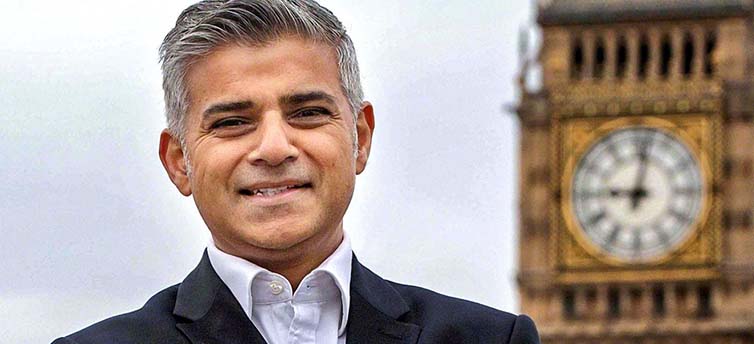London mayor Sadiq Khan released his highly-anticipated draft London Plan in late November, aimed at addressing an acute housing shortage, congested streets and stubborn levels of air pollution. The 500-page blueprint, which sketches out how the British capital will change between 2019 and 2029, is one of the most important vehicles for reshaping priorities in the ancient metropolis.
It envisions the construction of 650,000 new homes across London by 2029, setting specific housing targets for each borough. Notably, over 250,000 of these will be built in the lower-density outer suburbs – a doubling of the current rate of construction. Khan is aiming for 50 per cent of these homes to be “affordable,” setting a minimum of 35 per cent on private and 50 per cent for public land.
“I am using all of the powers at my disposal to tackle the housing crisis head on, removing ineffective constraints on homebuilders so we make the most of precious land in our capital,” he said.
Given the lack of large-scale greenfield sites, the plan envisions 245,000 of these new housing units to be built on smaller plots. Planning departments will no longer be able to reject proposals in areas around town centres and transportation nodes based solely on historical preservation grounds. Limits on the density of developments will be scrapped as well.
Land-use policies will also change the way Londoners move around the city. New residential units will be banned from constructing any new spaces for parking if they are located near transit corridors, an area which encompasses most of central London and numerous areas of the outer boroughs. Office buildings located in the same areas will also be restricted from building any visitor or commuter parking lots. Parking spots for disabled individuals will still be required, and minimum bike parking requirements will be increased across many areas of the city.
The mayor argues that reducing dependence on cars is essential for combating congestion and poor air quality in the city, which regularly exceeds recommended toxicity levels. This is occurring alongside an expansion of bike lanes and massive investments in public transit, including the Crossrail 1 project now under construction. In October, Khan’s administration introduced a daily £10 surcharge for owners of older diesel cars entering central London.
Conservative politicians attacked the proposals as a declaration of war against the suburbs. “The mayor’s entire approach signals a downgrading in the quality of the capital’s housing and will leave outer London browner, overcrowded and harder to get around,” said Conservative London Assembly member Andrew Boff.
The draft London Plan is currently undergoing a three-month public consultation period.







